The automotive supply chain is facing many hurdles this year, as set out in our key automotive logistics trends for 2025. Here, we look at the accelerating trend of nearshoring in the first part of our series.
The automotive industry is navigating a rapidly evolving landscape as trade disputes, particularly between the US, Europe, and China, push companies to rethink their supply chain strategies. This shift is most noticeable in the acceleration of nearshoring, a trend gaining momentum in response to rising tariffs and the desire to reduce dependency on Chinese manufacturing. However, this development is just one of many factors reshaping the future of automotive logistics, with other trends such as battery localisation, resilience improvements, and sustainability goals also playing a pivotal role. As the industry adapts to these challenges, logistics providers must stay ahead of the curve to capitalise on new opportunities and manage risks.
![]()
The spectre of an escalating trade war between the US, Europe and China is becoming a very real prospect, having been further strengthened by Trump in his first day of his second term of presidency, and is particularly pertinent for the automotive industry and countries wanting to retain this vital pillar industry and its electric future.
The fundamental dynamic at play is this: electric vehicles produced in the west have higher production costs due to higher labour, energy, and regulatory costs. This puts the industry under an existential threat from more cheaply produced Chinese EVs, which can be 50% cheaper. And the effects of this are very real. We have already witnessed the decline of Europe’s automotive output, with Germany regressing from being a net exporter to a net importer, and the emergence of China recently becoming the world’s largest vehicle exporter.
And the allegation is that China subsidises and gives state aid in particular to its EV companies thereby creating an unfair playing field. The EU and North America have responded to this by imposing tariffs and rules of origin upon Chinese produced EVs.
However, beyond Trump’s threat of tariffs operating even between the US, Canada, and Mexico from 1 February (which would be breaking the USMCA agreement), the actual reality right now for Chinese EV trade tariffs is summarised as follows:
Import tariffs on Chinese-made EVs
| Country | Product | Tariff | Date |
|---|---|---|---|
|
US |
Vehicles |
100% |
Sep 2024 |
|
EV batteries & components |
25% |
Sep 2024 |
|
|
Canada |
Vehicles |
100% |
Oct 2024 |
|
Mexico |
Vehicles |
Exemption ended on 1 October. Now 15-20% from countries without an FTA |
Oct 2024 |
|
Europe |
Vehicles |
10% basic import duty + 17.4% to 37.6% tariffs (varies by Chinese OEM) |
Jul 2024 |
|
EV batteries & components |
Considering tariffs, but unlikely |
- |
|
|
Brazil |
Vehicles |
10% set to steadily rise to 35% by 2026 |
Jul 2023 |
|
India |
Vehicles |
70% to 100% for vehicles imported in CBU form (reduced to 15% if the OEM invests $500m in an Indian vehicle plant within three years) |
Mar 2024 |
Whilst Trump did not mention tariffs on China specifically during his inauguration, one thing that does seem possible is tougher measures on China certainly from US, and thus the impacts upon the North America supply chain.
Note the considerable difference between North America’s very high punitive tariffs overtly designed to be protectionist and stop Chinese EV imports, versus Europe’s more measured tariffs, (notably with no EV battery tariffs), to help encourage some EV trade, and help achieve the overarching objective of EV adoption and overall net zero ambitions. For example, many European produced EV’s are heavily reliant upon Chinese battery imports, so the European Commission must strike a careful balance. Relatively low tariff rates into Mexico allow China to get vehicles into the USMCA region, and explain why Trump’s tariff vows threaten the auto supply chain and nearshoring.
One interesting exemption is that the UK (not being in the European Union anymore) has ruled out any additional tariffs (beyond standard 10% WTO rules) on Chinese EVs and batteries, and the UK also has some of the toughest ZEV mandates in the world. This raises the prospects of China targeting the UK for EV growth, but also raises a question on how that will develop and whether China exports are charged further to avoid undermining UK-produced EVs.
But more broadly, why do trade wars and tariffs matter for automotive logistics? Fundamentally, after decades of globalisation of free trade, the automotive industry is gradually regressing to a more protectionist, regionalised business model. As we reported at our recentAutomotive Logistics & Supply Chain Mexico event, nearshoring remains a strong theme.
Trade policy deeply influences automotive production decisions, investment strategies, and the routes of the resulting supply chains – not only inbound, but for finished vehicles too – and that clearly impacts opportunities for logistics providers.
Some Chinese OEMs are circumventing tariffs by nearshoring in end markets. For example, China’s BYD and CATL are both establishing production plants in Hungary and in Mexico. But trade barriers contribute to uncertainty in plant investment, component sourcing, and supply chain decision making – all directly impacting logistics providers. In January 2025, Mexico’s President Claudia Sheinbaum announced nearshoring incentives to reduce the country’s imports from China in a bid to support local industry and align Mexico with long-term free trade partners the US and Canada.
Other measures impacting the nearshoring trend
- Battery localisation brings cost reduction: EV batteries are heavy, therefore shortening distances is central to reducing logistics costs and ultimately making EVs more price competitive and affordable for consumers. For example, BMW is localising its battery supply chain to reduce costs. However, there are challenges given the EV market uncertainty, as can be seen in Northvolt filing for chapter 11 bankruptcy in Europe, and other delayed battery plant investments in the context of whether current protectionist IRA policies explicitly designed to nearshore batteries will continue in the US under the new Trump administration.
- Improving resilience: As we reported recently, in response to logistics challenges experienced during the Covid crisis, semiconductor shortages, and other infrastructure challenges, stakeholders such as GM are trying to nearshore where possible to enhance supply chain resilience.
- Increasing automation: More automated vehicle manufacturing means the overall manufacturing cost differential is gradually reducing between a high and low labour cost country. EV and battery production is much more automated than labour intensive ICE assembly. Therefore, it becomes more economically viable to nearshore battery production than for other components.
- Reducing emissions: Shorter, more energy efficient inbound supply chains and FVL routes also consume less energy and produce less emissions, as stakeholders strive towards sustainability goals, regulations and mandates, as we reported here.
Look out for the rest of our series on key automotive trends for 2025…
We will discuss these trends and more in the upcoming Automotive Logistics’ livestream, ”Leading automotive logistics through 2025: Key turning points and trends”. Join the livestream on 5 February 2025 at 15.00 GMT/10.00 EST hear from industry thought leaders and gain actionable insights on overcoming today’s toughest automotive supply chain challenges.
Discover strategies to stay ahead of disruption and lead the way toward more profitable operations. The livestream will feature expert insights from Gerardo de la Torre Garcia, regional senior director, Supply Chain Management USA & MEX at Nissan Group of North America; Matthias Schmidt, European autos analyst at Schmidt Automotive Research; Daniel Harrison, automotive analyst at Ultima Media and more.
Designed for OEMs and tier-one suppliers, this session will equip you with the tools to proactively shape your supply chain strategies for 2025 and beyond.
Topics
- Analysis
- Cross-Border Logistics
- Data Analysis & Forecasting
- Editor's pick
- features
- Finished Vehicle Logistics
- Fleet & Route Optimisation
- Inbound Logistics
- Inventory & Demand Forecasting
- Inventory & Yard Management
- Logistics Management
- Nearshoring
- North America
- Policy and regulation
- Ports and processors
- Regional Distribution Networks
- Risk Management
- Road
- Service Part Logistics
- Shipping
- Supply Chain Optimisation
- Supply Chain Planning
- Trade & Customs
Top trends for automotive logistics in 2025
- 1
- 2
 Currently reading
Currently readingTrade disputes accelerate nearshoring trend with implications for logistics providers
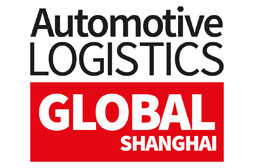


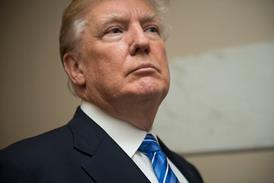

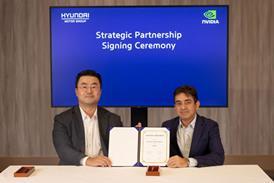



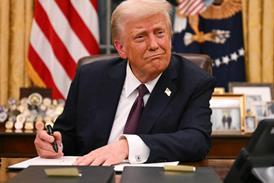
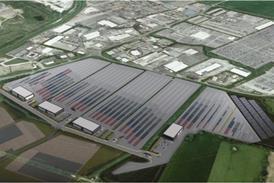


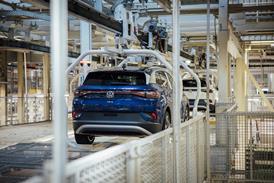


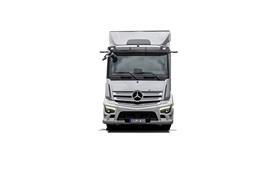
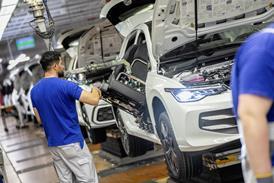

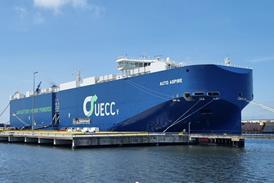
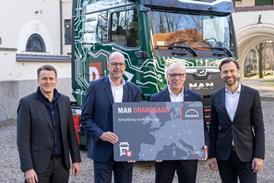

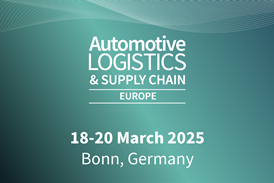
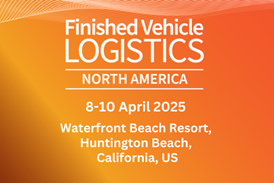
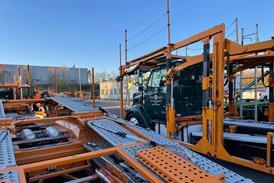
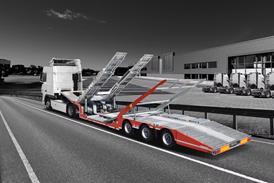









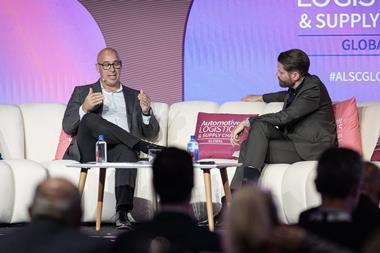

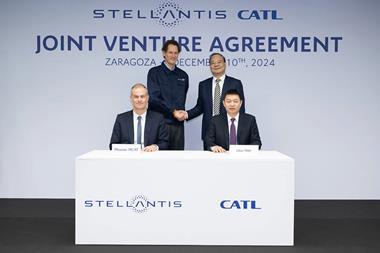
No comments yet